Waterways and the aquatic habitats of many wildlife from kingfishers to polar bears are contaminated with highly toxic “forever chemicals.” These chemicals — known as Per-and-Polyfluoroalkyl Substances, or PFAS — … Read more
EPA
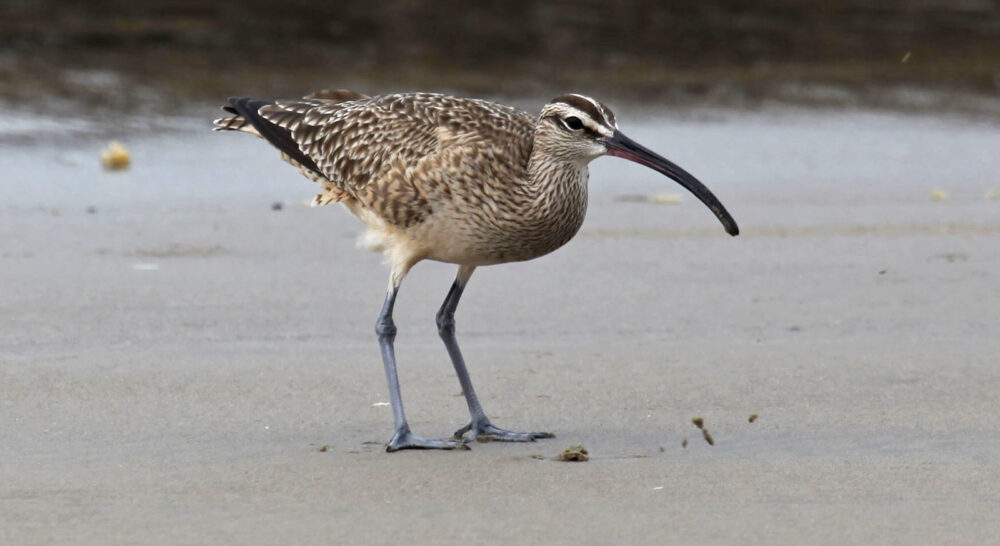
Big Steps from Biden to Curb Power Plant Pollution
I am a huge fan of refrigerator magnets. They proudly hold my kids’ artwork in temporary exhibition as well as this week’s grocery list. These magnets are also a walk … Read more
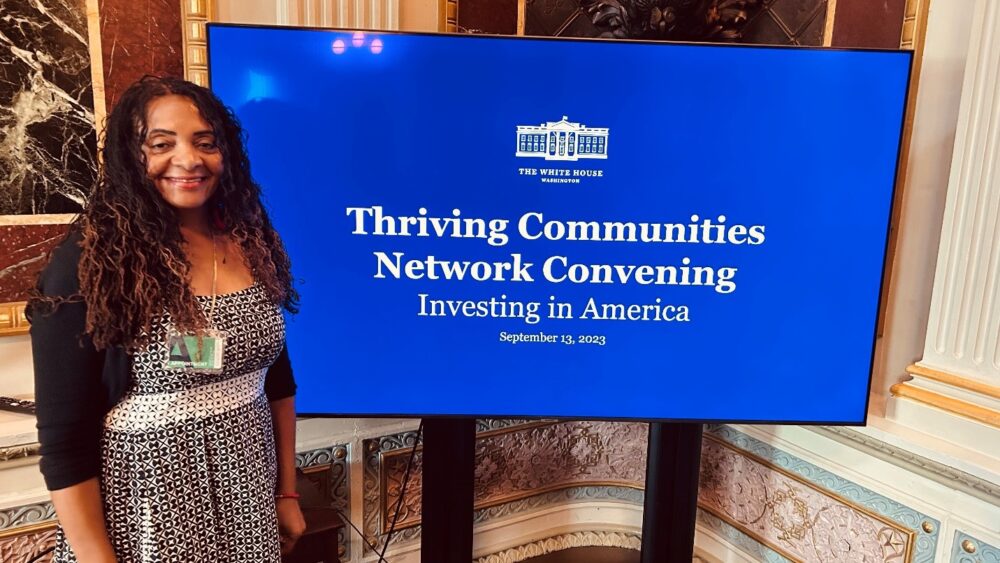
EPA’s Thriving Communities
In the realm of environmental justice, 2023 marks a significant year, especially for the Region 3 Thriving Communities Technical Assistance Center (TCTAC) grant. The year saw some pivotal events and … Read more
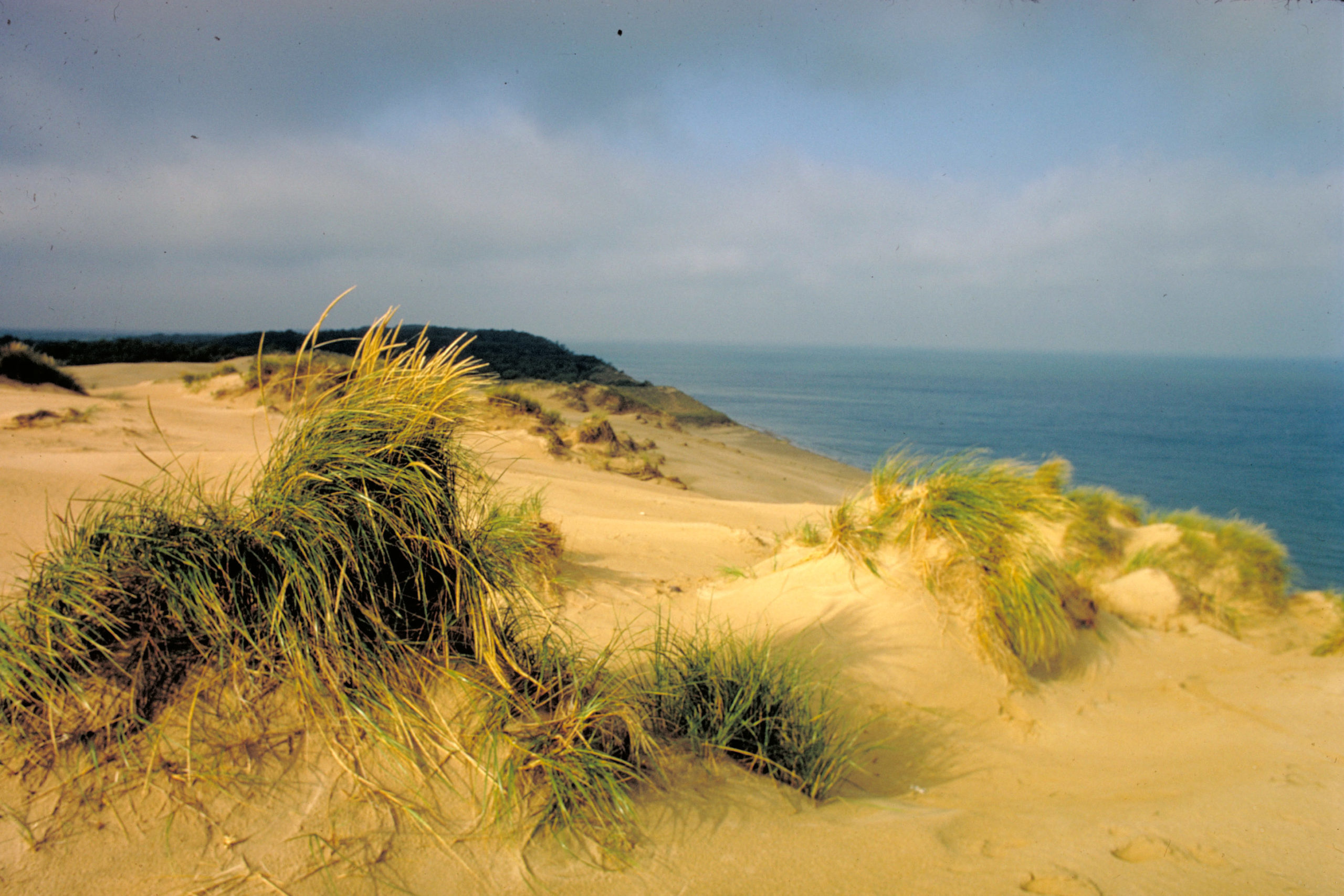
Closing the Door on Invasive Species
Many years ago, a friend and I landed our boat on the beach at Sterling Park on Lake Erie. Setting up decoys to hunt for waterfowl, we stepped into the chilly … Read more
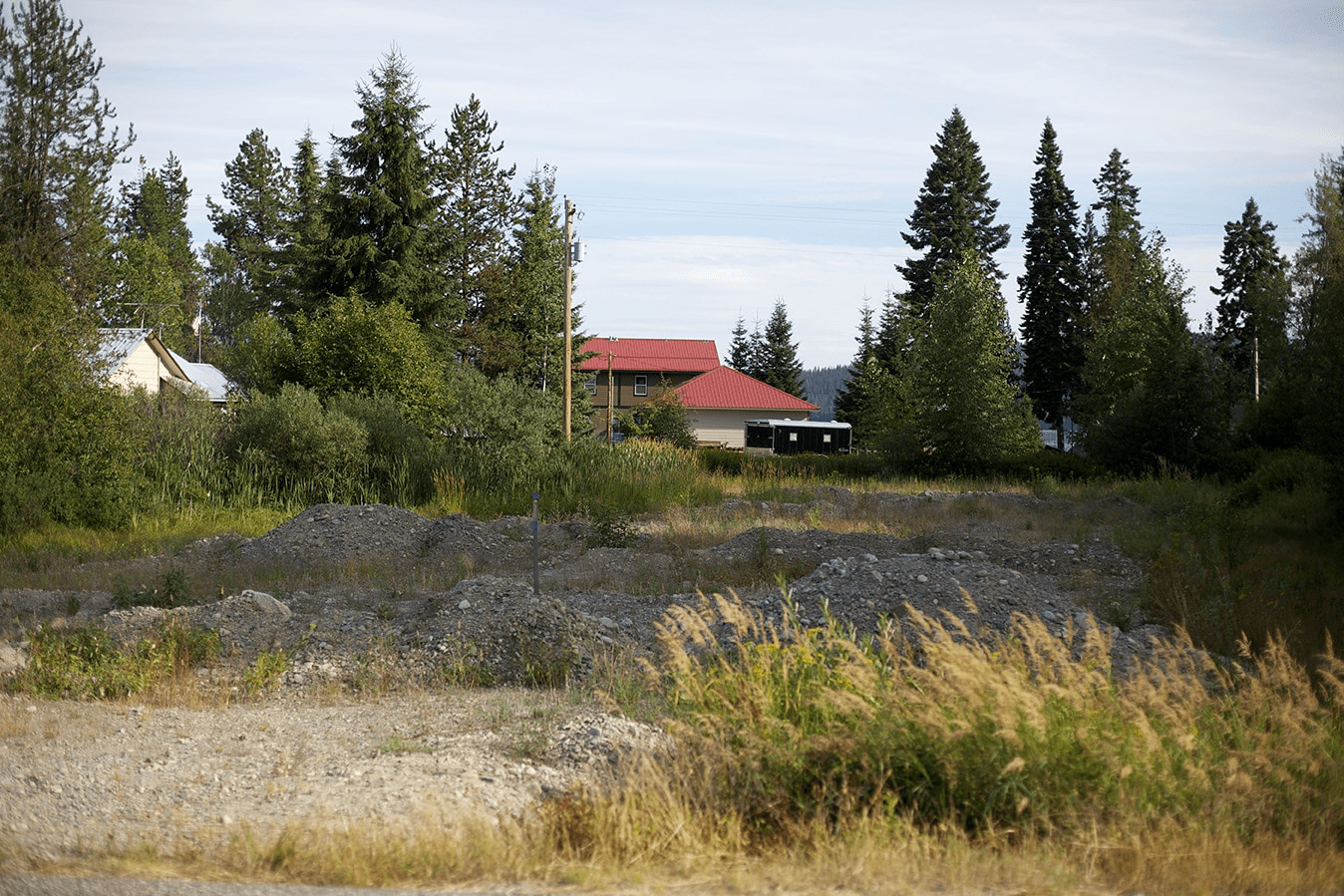
The Saga Continues: The Sacketts, the Lawsuit, and the Clean Water Act
This blog is the first in a six-part series. Here are the second, third, fourth, and fifth parts. In 2004 an Idaho couple, Chantell and Mike Sackett, purchased a plot … Read more
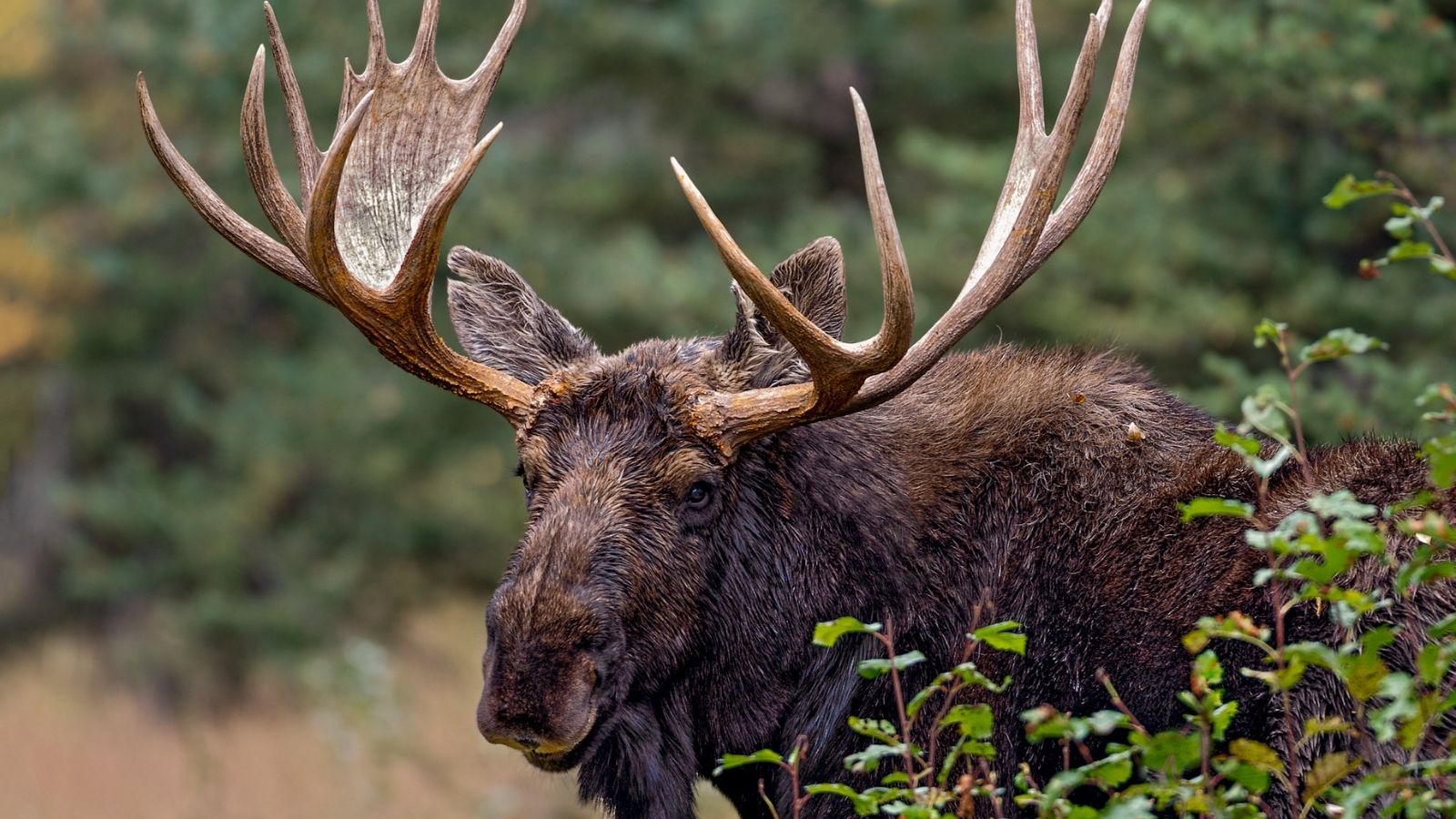
Methane is Back in the Congressional Hot Seat
Critical Environmental Protection Agency (EPA) methane regulations are making their way back into effect. This is good news for wildlife like bats, mule deer, and cold weather-dependent moose that are … Read more
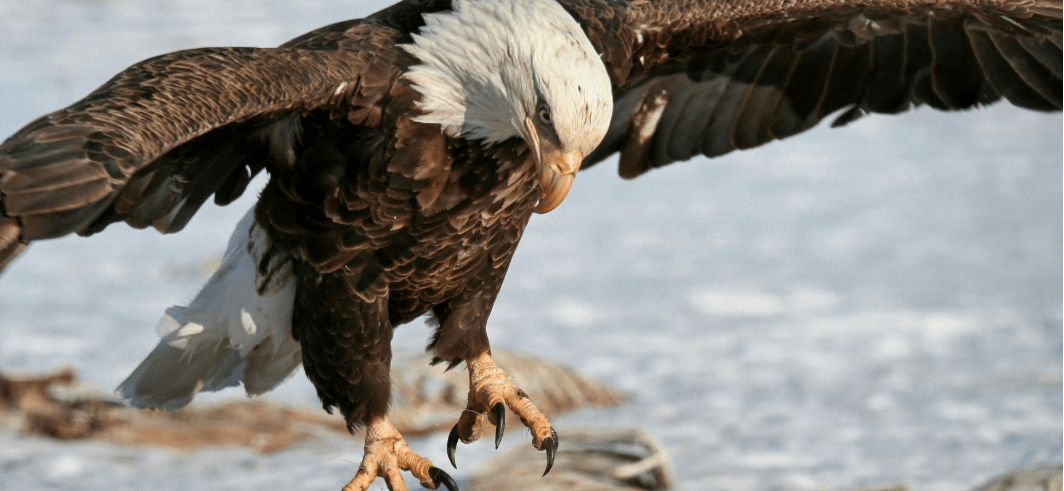
The Leaders We Need to Address the Wildlife Crisis and the Climate Crisis are Here
Our wildlife and lands face unprecedented challenges from the effects of climate change, toxic pollutants flowing into our air and water, energy development, mismanagement of natural resources, and worsening natural … Read more
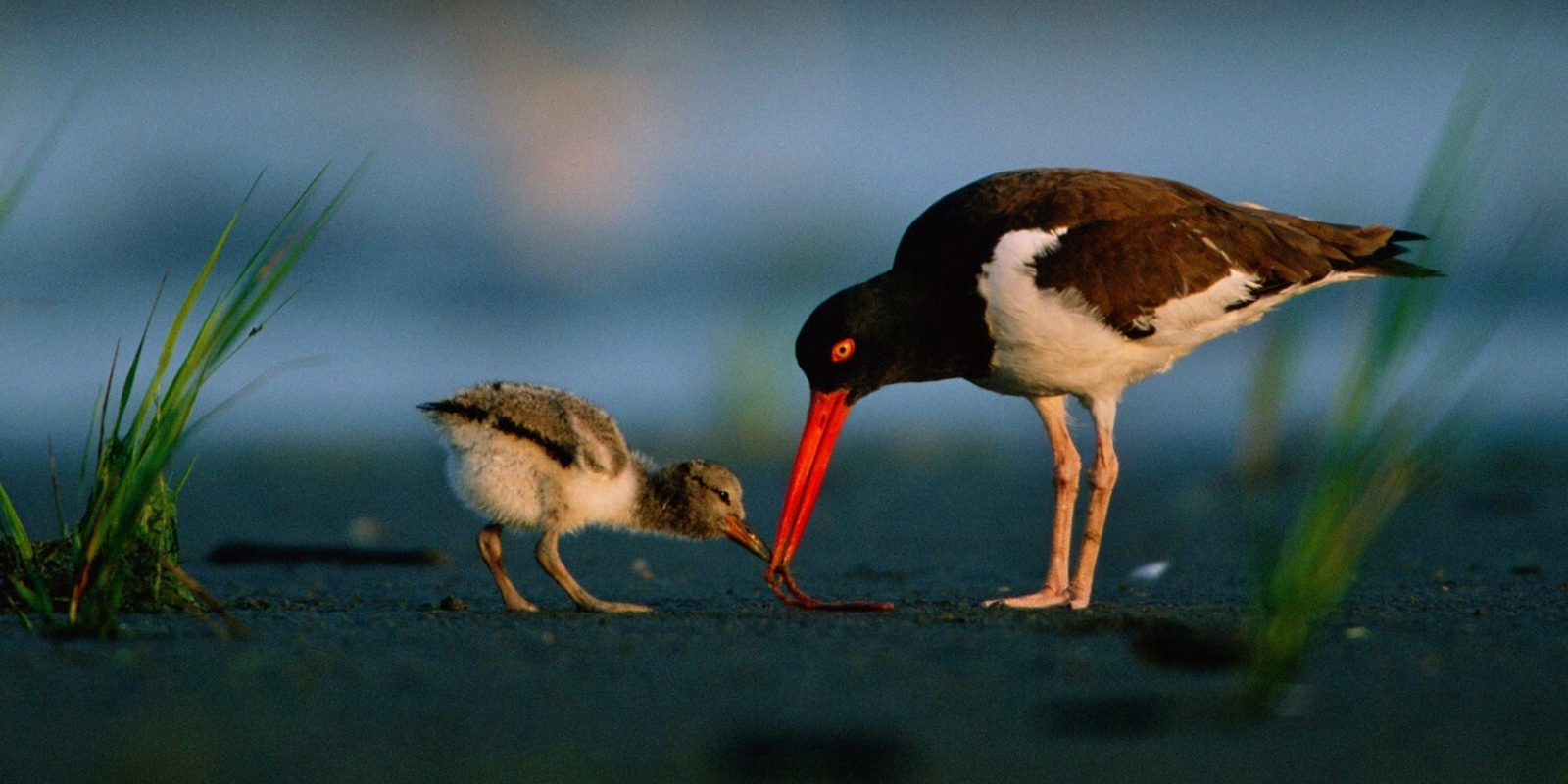
Wildlife Need a Climate Champion at the EPA
Climate change is destroying and fragmenting wildlife habitat. Birds like the American oystercatcher depend on low-lying coastal habitats for nesting, but increasingly intense storm surges and rising seas are washing … Read more
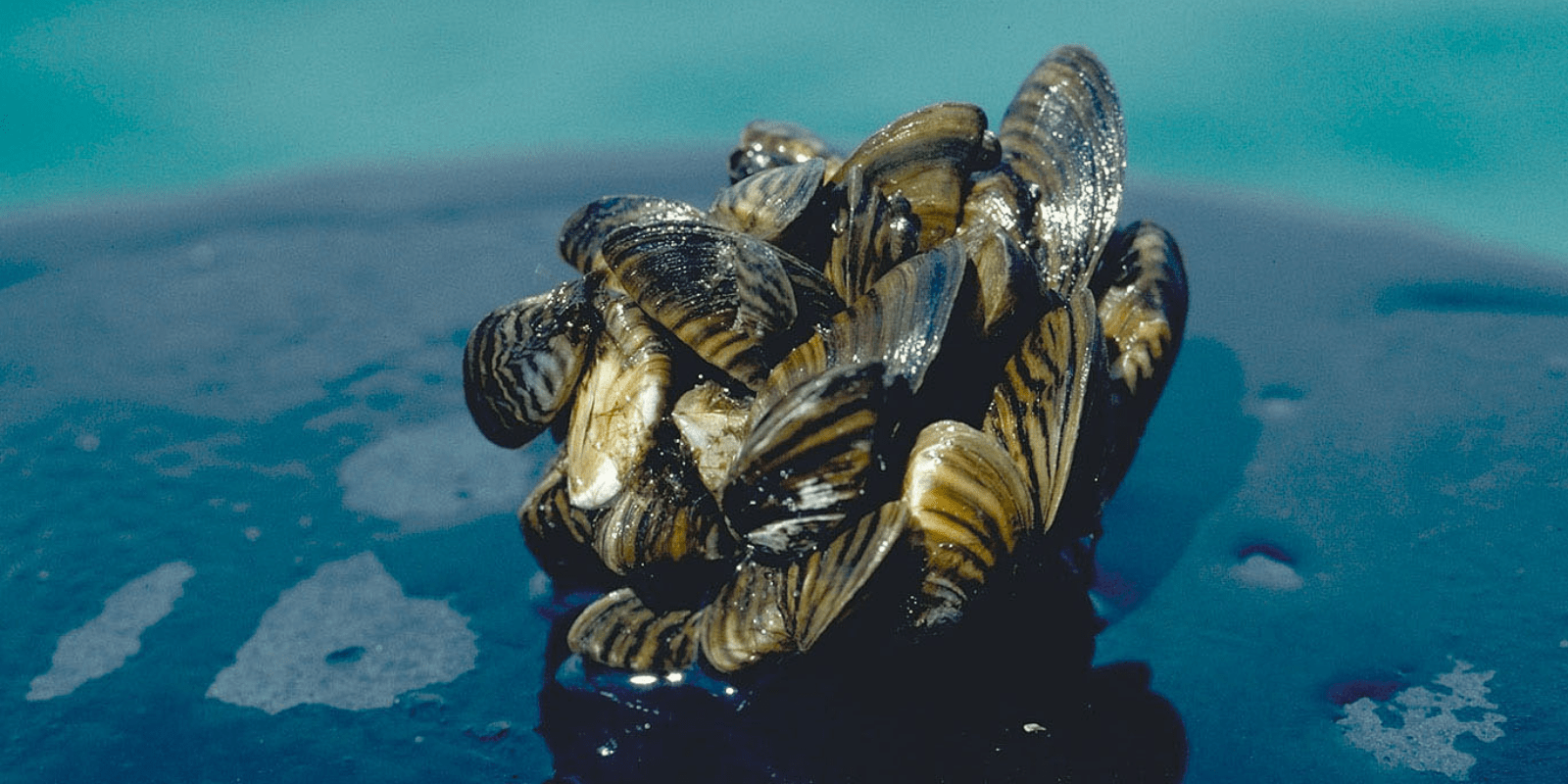
Proposed EPA Ballast Rules Too Weak to Protect Great Lakes from Invasive Species
Year after year, the Great Lakes are being threatened by invasive species — with the silent intruders often getting a free ride in the ballast water of ocean going vessels. … Read more
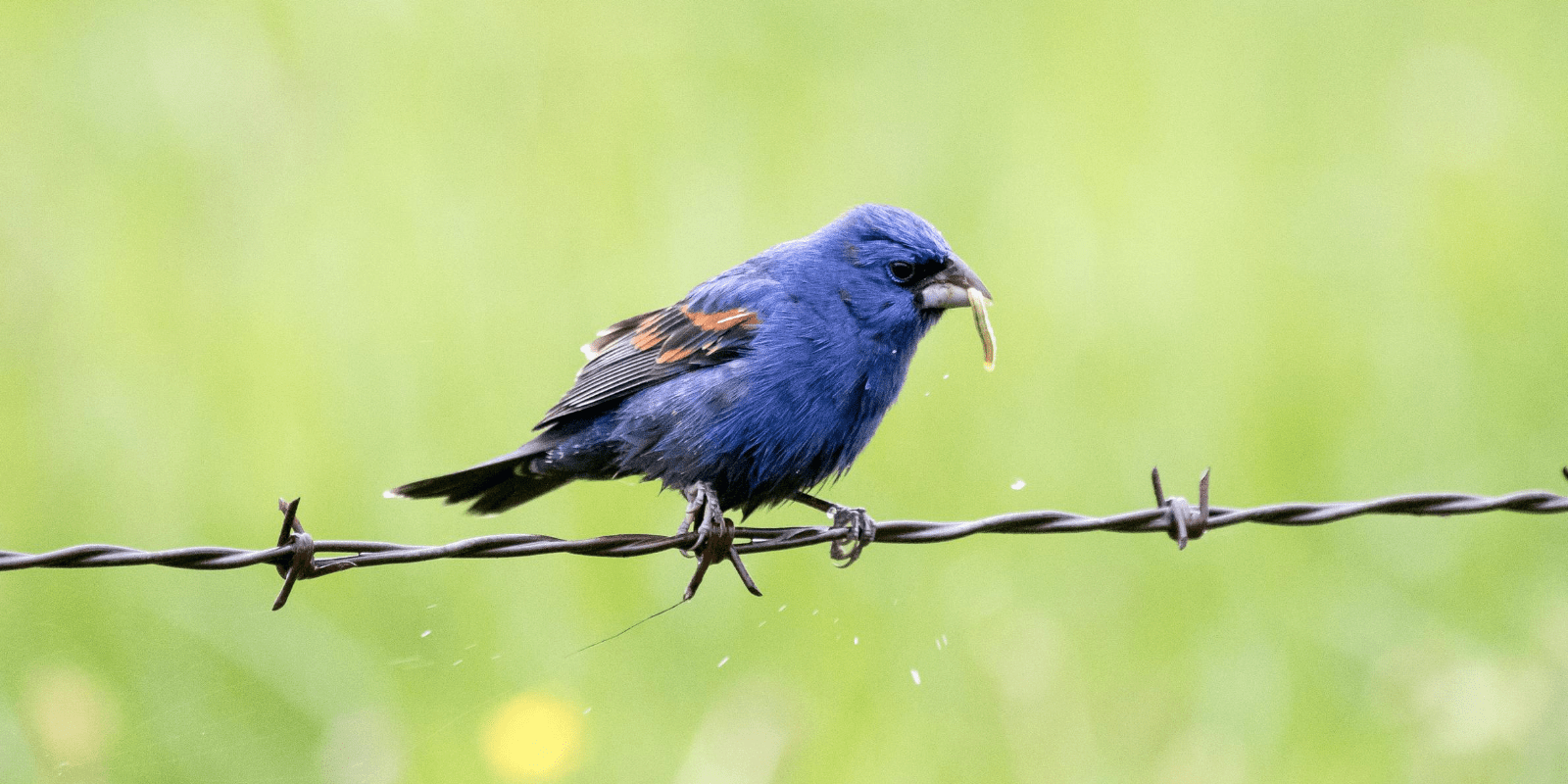
Drifting Disaster: How Certain Herbicides Destroy Native Bird Habitat
Perhaps you have heard about the millions of acres of soybean damages recently caused by the herbicide dicamba in the midwestern and southern parts of the country. However, it is … Read more


